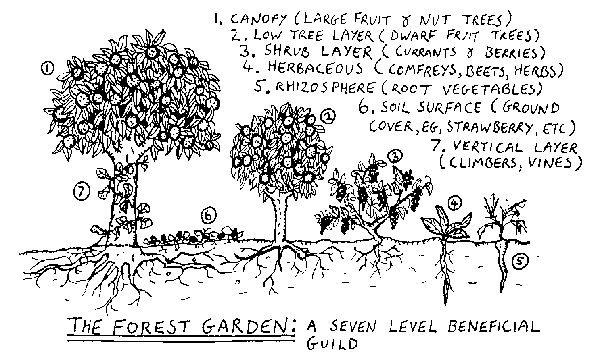Neil Layton wrote:
By all means grow a food forest. I'm moving away from the notion of a food forest to the exclusion of anything else.
Yes, that's pretty much my conclusion as well. But I want to pursue the food forest idea for its (theoretical) resilience compared to annual crops. Can I design a food forest which would provide a complete diet if my annuals die from drought or are killed by hail, or perhaps I can't plant them because of, for instance, illness? My gardening efforts have been derailed by illness in the past, and I expect it will happen again.
Also, I don't want to clog up my small kitchen garden with too many perennial food plants so that I run out of room for annuals, so I plan to put many of the perennials in the food forest.








